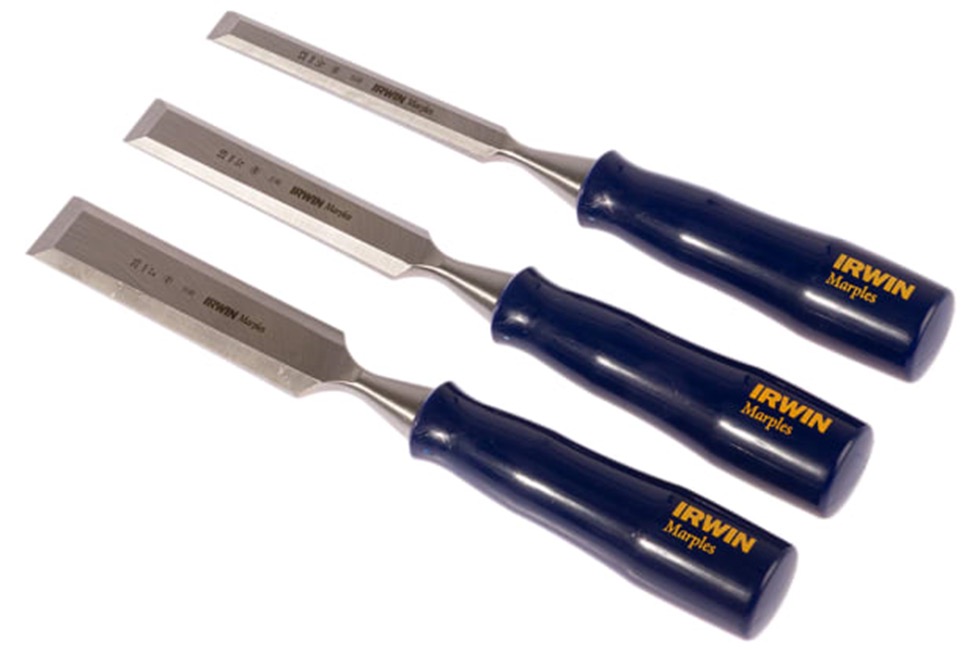The Various Types of Chisels
Chisels are a tool with a flat, long blade and it serves several different purposes. Depending on the chisel, you can cut through metal, masonry, and wood with it. Some are even suitable for hitting in order to make deeper cuts, while others only require faint pressure to use.
Before you can worry about picking up a chisel, it helps to know which chisels are worth checking out. Learn more about the various chisel types, how to use them, and what they are mostly used for in this day and age.


Woodworking Chisels
The most common type of chisel you’ll find, both at a home improvement store or at an online vendor like RS, is the woodworking chisel. Using a chisel is ideal for creating fine angles and details, especially when attempting to sculpt and shape the wood. The accuracy is ideal, and some require just a light tap in order to properly use.
There are even different types of wood chisel to choose from. There are bench chisels, which are great for chopping and paring, mortise chisels for making tapered and straight cuts in joints and paring chisels for making clean grooves and removing material from the tougher areas of the piece.
Cold Chisels
Cold chisels, which are made from tempered steel, are another common type of chisel. They are made from tempered steel, which makes them more ideal for cutting cold metals. Cold chisels are used in the formation of metal since they have less of an acute angle than your average woodworking chisel.
Cold chisels have a strong cutting edge even though it isn’t quite as sharp. Some of these can be made from beryllium copper because they are ideal for use with non-sparking tools.
Concrete Chisels
In order to make more precise cuts in concrete, a specific concrete chisel is required. These chisels have a handle for better grip and a strong, beveled edge blade that cuts through the concrete when hit using the force of a mallet or hammer.
Keep a loose grip on the chisel when using and tap the head with reasonable force. You don’t want to go overboard but don’t want to under-swing, either. Put the full width of the blade against the concrete so that the bevel is parallel to the surface of the concrete.
Brick Chisels
These also go by the name of bolster chisels. This kind of chisel has been specifically designed for cracking the brick rather than cutting right through the material itself. This kind of chisel uses a very wide blade, allowing for effective cracking on wide surfaces like masonry blocks.
Brick chisels are also quite easy to use so long as the blade is kept flat throughout the cracking process. That it isn’t 100% guaranteed, brick chisels have molded handguards to provide a better, more comfortable, secure grip compared to other chisels.
Masonry Chisels
If you plan on cutting cement blocks, cinders, or bricks, you need to have a masonry chisel to get the job done. Even better, masonry chisels can be used for different applications like chipping away excess mortar. A Stonemason’s chisel has a dull head that is used for wedging and breaking materials and has a handle that protects against vibration and discomfort.
You will generally find masonry chisels attacked to a jackhammer or hammer drill because masonry chisels are typically used in heavy demolition. Falling weights and hydraulic rams can also be used when it comes to heavy-duty chiseling. It works to chip away large quantities of material in short order whereas a smaller chisel would require a huge investment of time.
https://www.thegardeningwebsite.co.uk/listing-category/garden-sculpture/sculptors/
